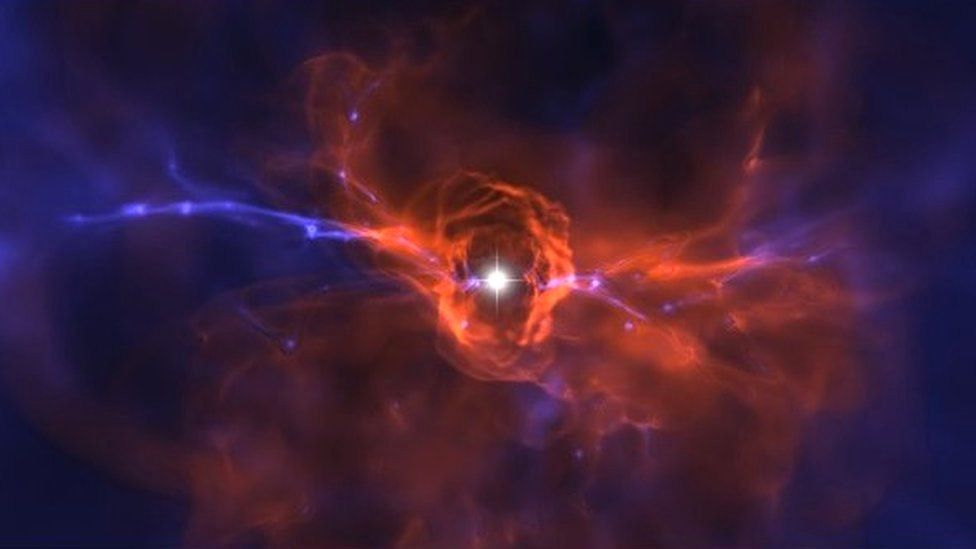The spectrum of the star HD 222925 indicates the presence of 65 chemical elements. Most of them were formed as a result of a process called “rapid neutron capture”. The luminary can be a standard for the detection of these substances in space.

“Standard” star
The study of the spectra of space objects is the main method for determining the substances of which they consist, including when the last falls on them from the outside. Recently, astronomers have discovered star HD 222925, in the spectrum of which there are emission lines of 65 different elements.
In order to see lines in the spectrum of the luminaries that indicate the presence of an element, you need to know what they look like. For a long time, our own Sun was the standard. It is a bright enough star, and it is convenient for us to observe it. But there are not so many elements in its spectrum.
Now HD 222925 can act as a standard. And it’s not just the total number of different elements found on it. 42 of them are heavy, and they are at the bottom of the periodic table. They were formed as a result of the rapid neutron capture process, also known as the r-process.
What is interesting about rapid neutron capture
Elements heavier than iron are born during a supernova explosion. As soon as a certain amount of the element of the periodic system number 26 is formed at the star, free neutrons begin to join its atoms. This lasts for seconds, during which gold, selenium and thorium are formed.
This process is called rapid neutron capture. It ends with a supernova explosion, and most of the heavy elements formed in this way concentrate in neutron stars. However, during the merger of pulsars, some matter from them is scattered in space and becomes part of other stars.
That’s exactly what happened with HD 222925. The presence of almost two-thirds of the periodic table in the composition of this star makes it possible to understand exactly which paths the rapid neutron capture takes. The details of how heavy elements travel in space to become part of not only the luminaries, but also planets like Earth are also being clarified.
According to phys.org
Follow us on Twitter to get the most interesting space news in time
https://twitter.com/ust_magazine

